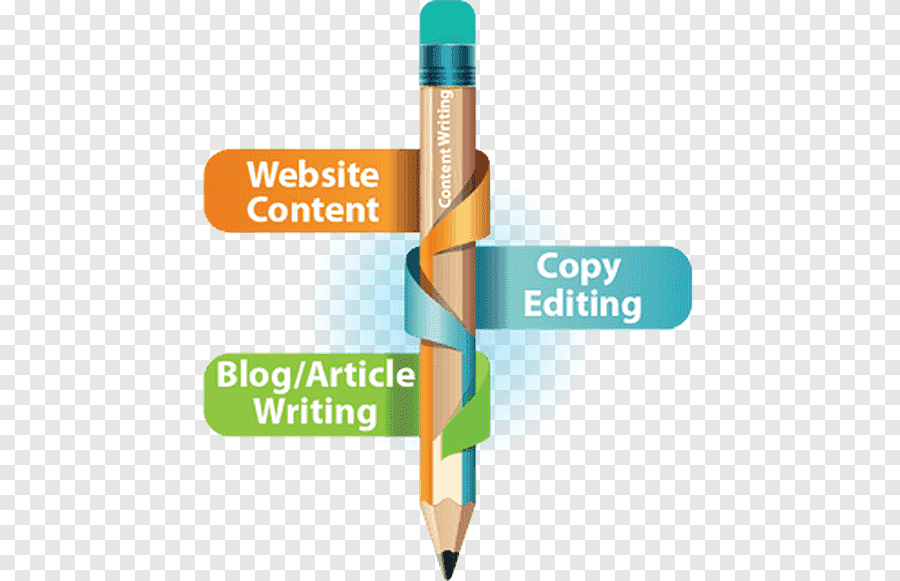A Look At One Creator Of Sports Logos
Every sports team has an embroidered logo on their sports apparel, which is worn by the members of the team. That embroidered insignia is a source of pride for the company. The designers of those logos are equally as enthusiastic about their work.
Who is responsible for those embroidered logos? Is it true that each city with a professional squad has its own group of embroidery specialists? Certainly, a glance at the Philadelphia Phillies' emblem would convey this message. The liberty bell is used in their logo. It has the appearance of a logo developed by a modern-day Betsy Ross.
However, the surname Rossi was not the final name of the family who embroidered the insignia for that company. That family had a different last name than the one we were talking about. Moritz was the name of the group.
Prior to the Great Depression, the Moritz family had a business that specialized in the production of embroidered lace. In the midst of the Great Depression, Carl Moritz, the company's founder, and two of his sons changed the focus of the company's activities. They enlisted the help of their staff to begin embroidering the badges that are worn on sports jerseys.
On Vine Street in Philadelphia, the Moritz firm was established in 1885, at the time of its founding. The company relocated to its current location in northern Philadelphia in 1970. The Moritz company relocated to a new location much further north in 1986. It was relocated to the Pocono Mountains in northern Pennsylvania in the late 1990s.
For five generations, the Moritz family has been a major element of the embroidery industry in the United States. During World War II, Carl Moritz, Jr., the grandson of the company's founder, took time off to serve in the Marine Corps. After three years of duty (1943-1946), he was awarded an honorable discharge, and he returned to Philadelphia to assist his father at his family's manufacturing company.
His son and grandson have also contributed to the improvement of the abilities required for the creation of embroidered logos through their efforts. They have ensured that the company has remained relevant in today's society. QDT Products is a new range of products developed by Moritz's youngest son, QDT Products. It is computer gear and software designed for use in the embroidery business that are being discussed here.
Embroidered logos may be produced significantly more quickly and efficiently when QDT Products are used. Design modifications can be easily incorporated into the existing software. This will make it easy to train the personnel who will be responsible for creating the embroidered logos.
It seems unlikely that sports logos will become obsolete in the near future, given the prevalence of computers in the logo-designing process. They will most likely continue to be a major component of professional sports for a long period of time.


























